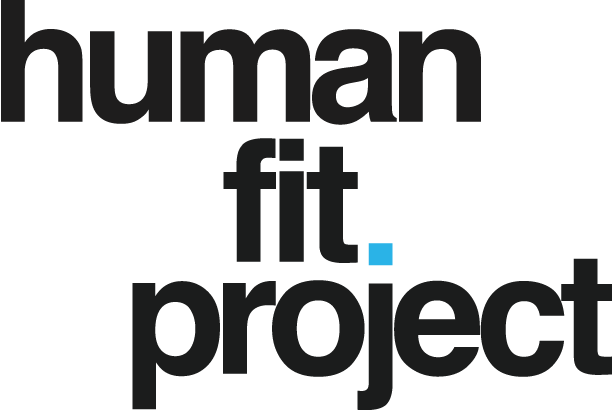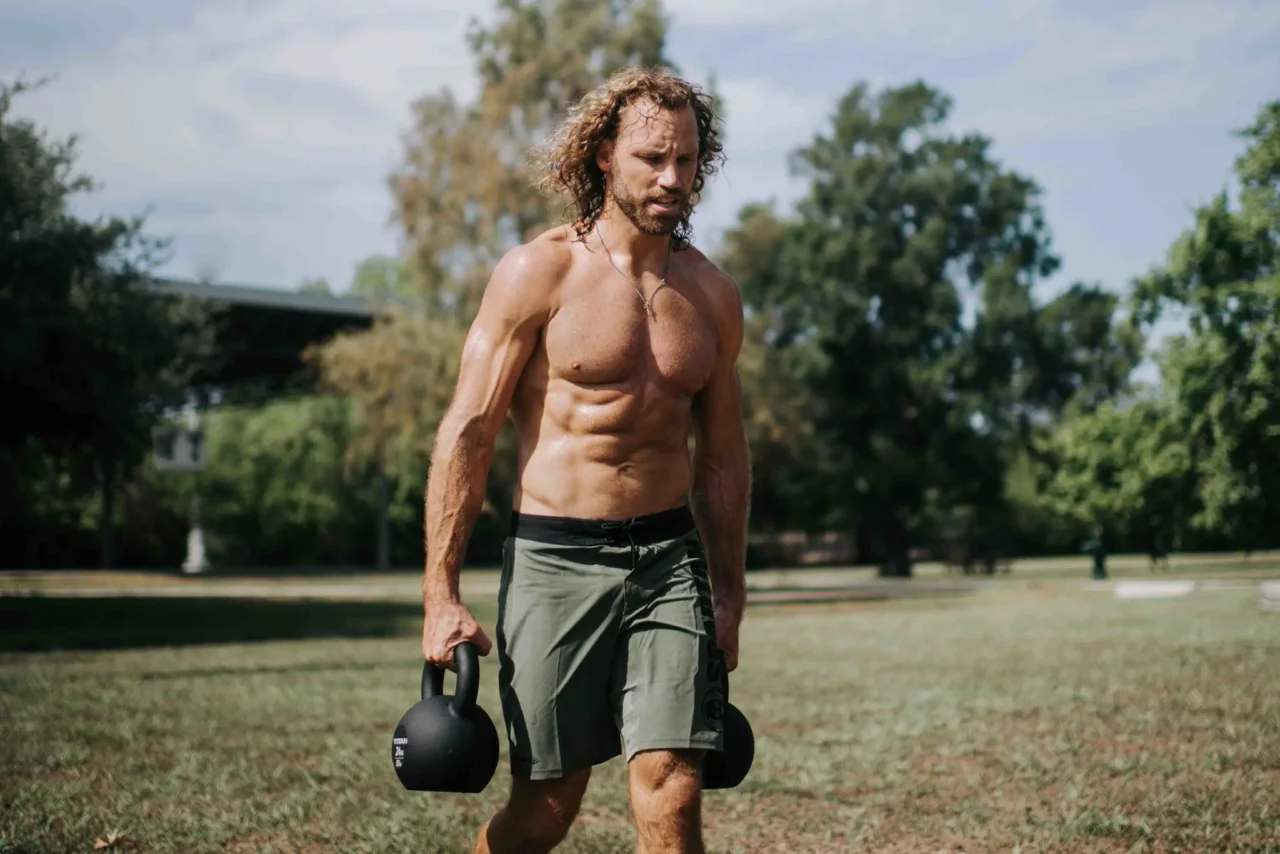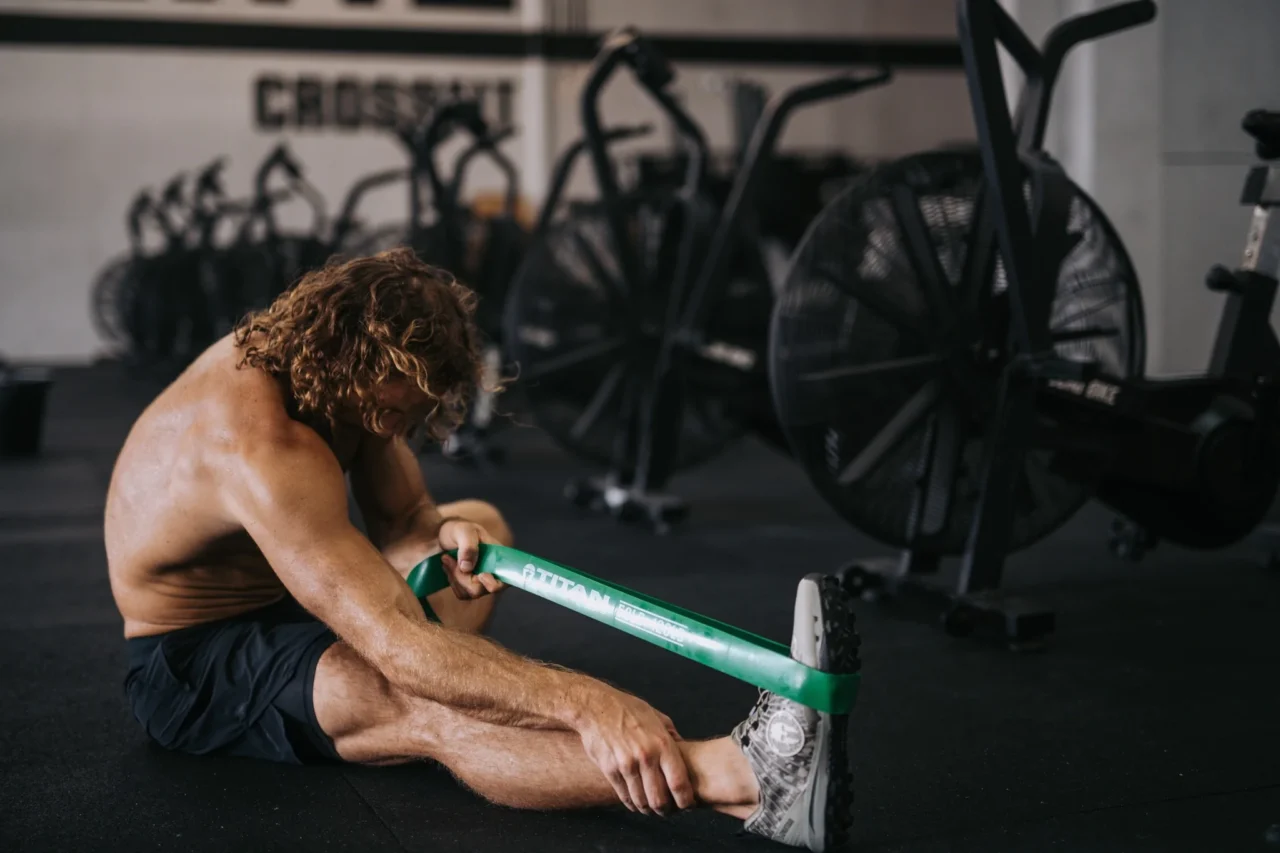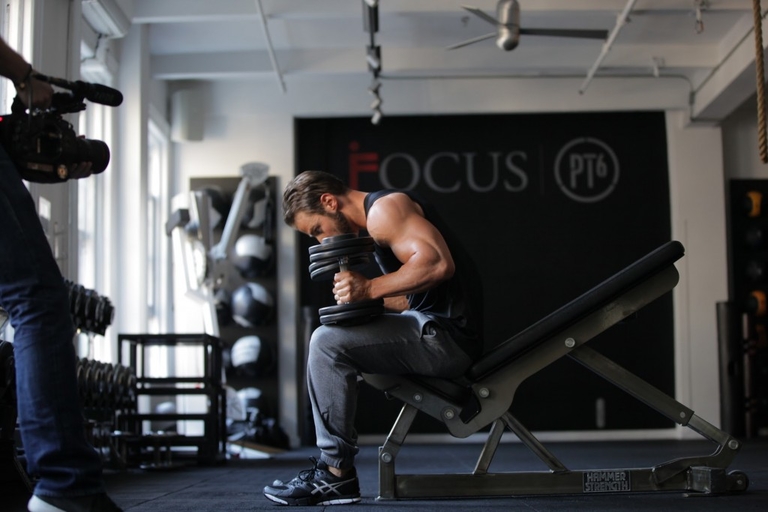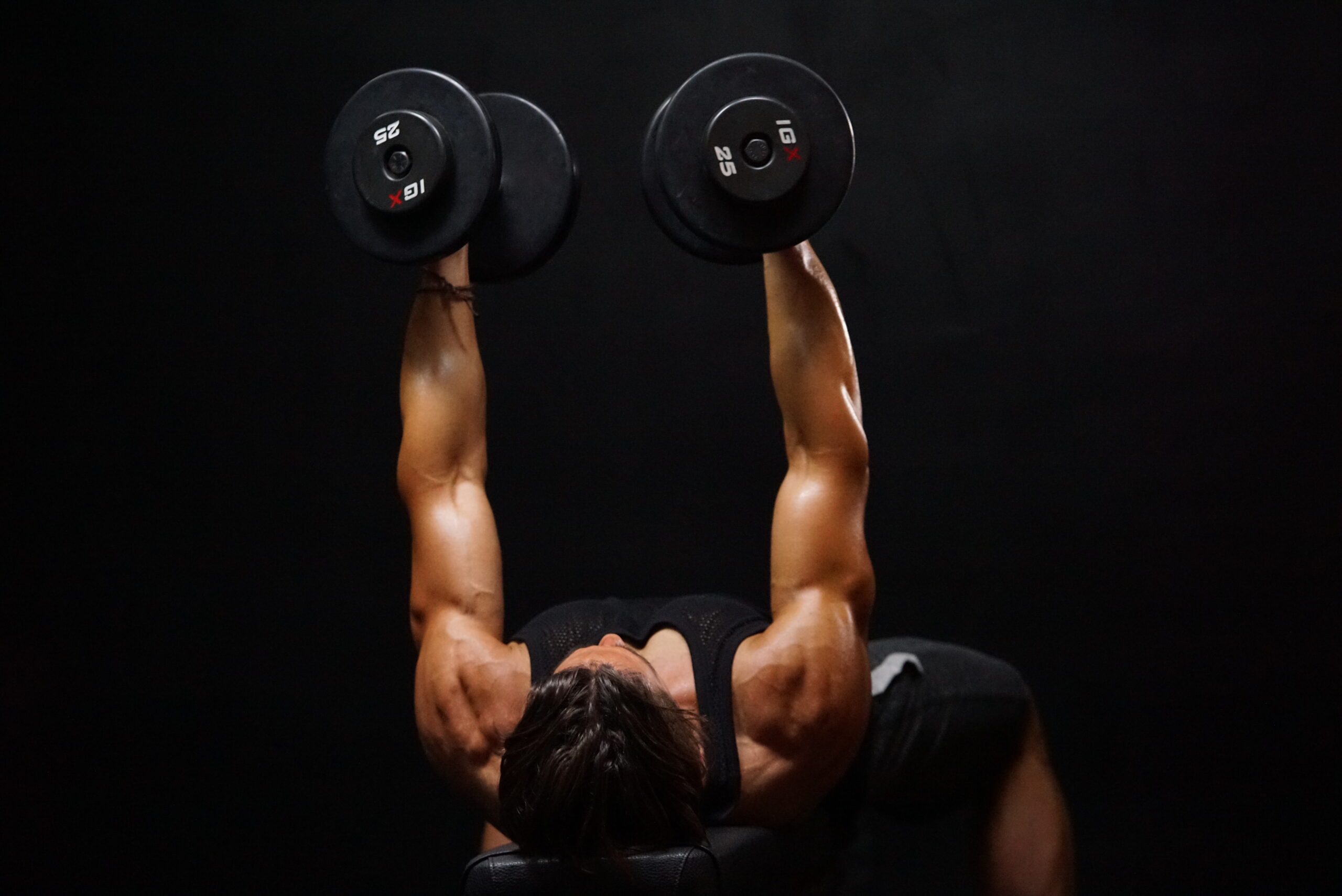Too many people assume that age should slow us down, but the reality is quite the opposite. While there are some realities of getting older, it doesn’t mean we can’t be high performing athletes. That’s where the hybrid workout plan for people over 40 comes into play. It’s designed to cater to the unique needs of the mature athlete, blending strength, endurance, and mobility to forge a fitness regimen that defies age.
The realities are: Muscles become more susceptible to injury, recovery times lengthen, and our metabolism starts to slow down. However, these changes don’t have to be a setback. Instead, they can be a call to action—a reason to adapt and overcome with a smarter, more comprehensive workout strategy that includes elements of strength, cardiovascular health, and crucially, mobility.
Whether you’re looking to reshape your body, elevate your fitness level, or simply enhance your daily life through improved health, this plan offers a structured path forward.
For workout plans just like this, check out our 4 free workout plans to train like a hybrid athlete. And for our entire library of programs, check out our 35+ free workout plans for different goals and ability levels.
Train smarter. Recover better.
The Simone OS helps you adjust your workouts, check in with your nervous system, and stay consistent — even on the off days.
Eat cleaner. Get leaner.
The Fat Loss Meal Planner helps you build high-protein, macro-aligned meals that actually support your body — and your goals.
How the Plan Works
Strength and Power: As we age, maintaining muscle mass and bone density is more important than ever. Strength training isn’t just about building bulk, it’s about enhancing the quality of life and enabling ourselves to perform daily activities with ease. This plan incorporates structured strength training days focusing on push/pull dynamics and lower body workouts that not only preserve muscle but also ensure metabolic health and functional independence.
High-Intensity Interval Training (HIIT): Metabolic health is a cornerstone of longevity, and HIIT is a time-efficient way to boost cardiovascular health, improve insulin sensitivity, and even help reverse some aspects of aging at the cellular level. The quick, intense bursts of activity followed by rest periods keep the workouts invigorating and effective, tailored for those who might find prolonged physical activity daunting.
Mobility and Flexibility: Perhaps nothing is more indicative of aging than the loss of flexibility and mobility. Integrating regular stretching and mobility exercises into your routine is vital. This plan emphasizes the importance of restorative practices that enhance range of motion and decrease the risk of injuries—practices that make the rest of the training more effective and enjoyable.
Endurance and Cardiovascular Health: Sunday’s long cardio sessions are designed not just for fat burning, but for building the heart’s endurance. Engaging in longer sessions of moderate-intensity cardio ensures that the heart muscle is robust and efficient, crucial for longevity and overall health. These sessions also provide a meditative, decompressive outlet, crucial for mental health.
The Hybrid Workout Plan for People Over 40 Schedule
Monday: Push/Pull Strength
Tuesday: Mobility/Rest
Wednesday: High Intensity Interval Training (HIIT)
Thursday: Mobility/Rest
Friday: Lower Body Strength
Saturday: Mobility/Rest
Sunday: Long Cardio
The Workouts
Monday: Push/Pull Strength
Superset 1:
Bench Press: 4 sets of 8 reps
Bent Over Row: 4 sets of 8 reps
Superset 2:
Shoulder Press: 3 sets of 10 reps
Pull-Ups: 3 sets to failure (use an assisted machine if needed)
Superset 3:
Dumbbell Flyes: 3 sets of 12 reps
Face Pulls: 3 sets of 15 reps
Core:
Plank: 3 x as long as possible
Tuesday: Mobility/Rest
Use the following routine: The over-40 stretching routine for tight muscles
Wednesday: High Intensity Interval Training (HIIT)
Circuit (Repeat 4-6x):
Burpees: 20 seconds
High Knees: 20 seconds
Mountain Climbers: 20 seconds
Jump Squats: 20 seconds
Push-ups: 20 seconds
Rest: 60 seconds
Thursday: Mobility/Rest
Use the following routine: The over-40 stretching routine for tight muscles
Friday: Lower Body Strength
*Squats: 4 sets of 6 reps
*Deadlifts: 4 sets of 6 reps
Lunges: 3 sets of 10 reps per leg
Leg Press: 3 sets of 12 reps
Calf Raises: 4 sets of 15 reps
Core:
Hanging Leg Raises: 3 sets of 10 reps
*Alternate between squats and deadlifts every week.
Saturday: Mobility/Rest
Use the following routine: The over-40 stretching routine for tight muscles
Sunday: Long Cardio
Choose between running, biking, rowing, skiing, etc. Continue for 45-60 minutes at a moderate pace ensuring you can maintain a conversation throughout.
